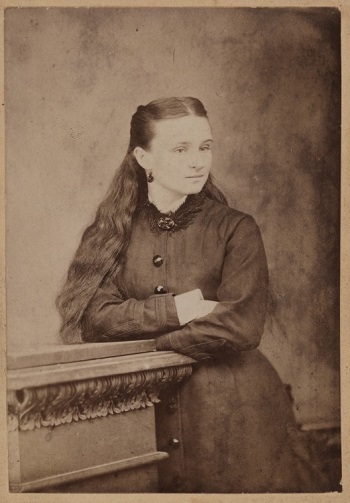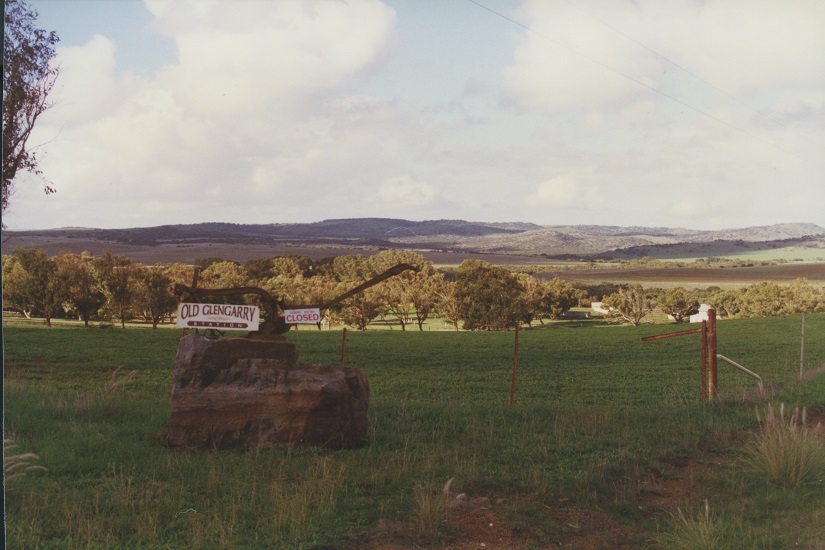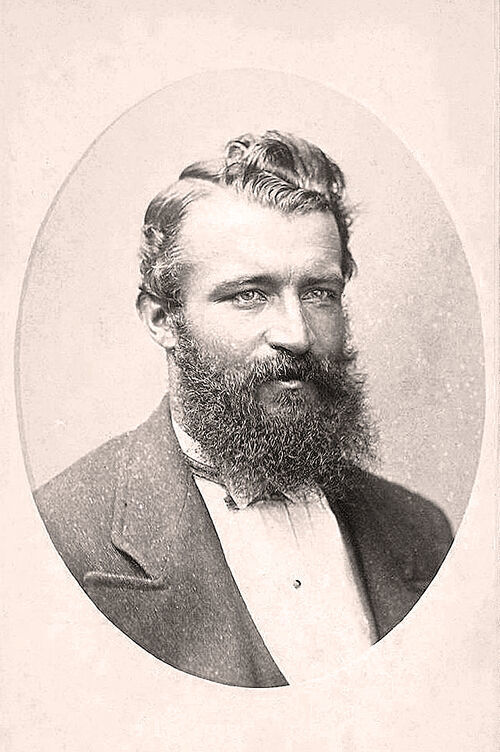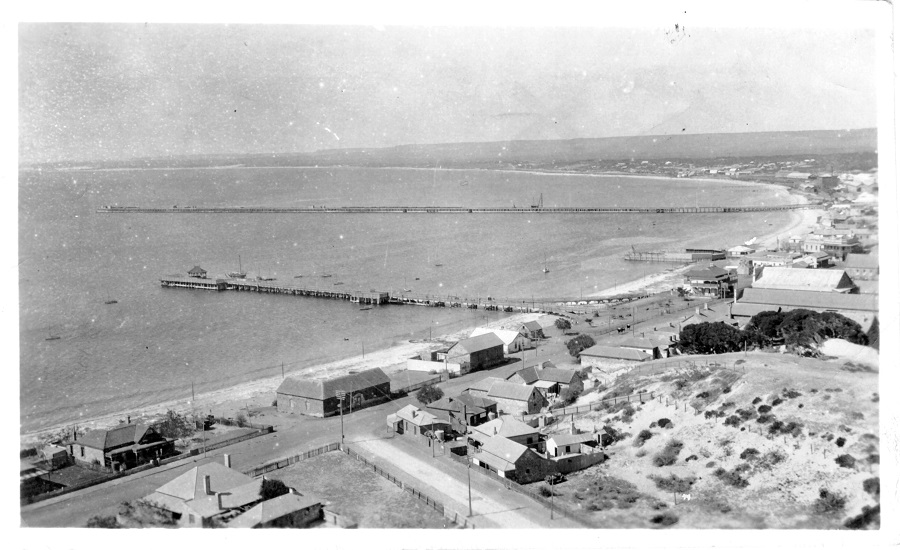Edith Dircksey Cowan OBE
Please find below excerpts from the paper compiled by Ben Marsh titled Edith Dircksey Cowan OBE.
Early Life
Born 2 August 1861 at Glengarry on a remote sheep station near Geraldton, Western Australia, Edith Dircksey Cowan (nee Brown), was the second child of Kenneth Brown and his first wife Mary Wittenoom. Edith attended boarding school in Perth, and married James Cowan at the age of 18. When James became a magistrate, Edith gained an insight into the effects of poverty and lack of education on the community.
In the 1890’s Edith Cowan became involved in public life, mainly advocating on the behalf of women and children. She promoted compulsory voting as well as better representation and improved education for women. She was influential in the establishment of the King Edward Memorial Hospital for Women in 1916. Cowan campaigned against drunkenness and domestic violence, and encouraged discussion about prostitution, venereal disease, contraception, and sex crimes. In 1920 she was made an Officer of the Order of the British Empire. Cowan’s achievements are well documented.
She is best known as the first Australian woman to serve as a member of parliament. The following page looks specifically at Cowan’s early years in the Midwest and her family connections to the district. For further reading, please find a selection of references listed at the end of this page.

Image caption: Edith Brown later Mrs Edith Cowan, 1876-1877, courtesy State Library of Western Australia.

Image caption: The extensive and romantic view of Glengarry Station, 1997, courtesy of David Higgon, City of Greater Geraldton Local History Collection (P 15424).
Glengarry Station
Paraphrased from A Unique Position: a biography of Edith Dircksey Cowan 1861 – 1932 by Peter Cowan
Ascending the Victoria Range I discovered patches of better soil, and in passing over a gap of it about 2 miles to the north of Wizard Peak…We then descended lower and lower, following the course of the bed of a mountain stream which led us to Glengarry…The house stands on a table land of 9 or 10 acres at the edge of the bank of the low broad bed of the Greenough at a bend, from whence two small narrow pools are seen, one above and one below the house…The surrounding view is extensive and romantic. (Cowan, p. 23)
In the late 1880’s, with federation looming, a large segment of the Western Australian community was opposed to changing the status quo remaining steadfast in its colonial allegiance to Britain. It was in this milieu that Edith Cowan commenced her adult life. In a simple but attractive house, the children of Kenneth and Mary Brown were born, (Blanche Mary Elizabeth on 24 June 1860, and Edith Dircksey on 2 August 1861). On 12 December 1862, their first son Forrest Kenneth was born, followed by Clarence Dirk on 2 September 1864 and Ernest Burdett, who, sadly, died in infancy in 1866. Further tragedy followed with Mary losing her life in 1868 during child birth to a sixth child who also passed away.
Prior to her mother's passing, Edith spent seven years at Glengarry Station.
A Murder in Town
Paraphrased from A Unique Position: a biography of Edith Dircksey Cowan 1861 – 1932 by Peter Cowan, p. 44-46
Edith went to boarding school in Perth the year her mother died, and for her and her sister this was like losing both parents. Kenneth Brown continued working at Glengarry after his wife’s death, taking part in the public life of the district. He would speak at public meetings to promote the move towards responsible government. Brown moved to Melbourne in 1872 and married Mary Ann Tindall. They relocated to New Zealand for a short time, returning to Champion Bay in 1875. After a time, people noticed a marked change in Kenneth’s behaviour including increasing display of violence towards his wife. It is now suspected that heavy drinking was only part of the cause for his changed persona. It is believed that many of the men involved in the early exploratory expeditions may have suffered various problems due to the extreme heat and lack of water, as well as drinking dirty water and eating rotting food infested with parasites. The results are thought to be kidney damage and brain damage. Some men recovered fully after returning to normal life, however, others were never the same.

Image caption: Kennth Brown, courtesy Royal Western Australian Historical Society.
Kenneth Brown Esquire
Excerpt from Messing About in the Mid-West by Athony R. Horn, p 74.
The photo (left) is assumed to be of Kenneth Brown. It was provided by Aidan Kelly of Fremantle who has prepared detailed research notes on the life and times of Kenneth Brown. Mr Kelly sourced the photo from the Royal WA Historical Society photographic Collection. There it is recorded as an unidentified male with the photo coming from the collection of JS Davis of Tibradden. The photo was taken by Hewitt of Swanston St Melbourne around 1874-75 and was located in the Tibradden collection amongst other photographs that relate to Kenneth Brown.
At the time of the photograph Kenneth Brown was known to be residing in Melbourne. Based on this and other information, Mr Kelly believes the photo was commissioned to commemorate a wedding, probably that of Kenneth Brown and his second wife Mary Ann Tindall.
A Crime Scene
Excerpt from Messing About in the Mid-West by Athony R. Horn, p. 75-79.
These days we can only marvel at modern technology which allows us to rediscover forgotten historical facts. The 1876 case of Kenneth Brown’s (Edith Cowan’s father) hearing for murdering his second wife is a good example. By simply inserting a few keywords on the internet we can retrieve digitised newspaper articles with a word for word description of the court case (Horn 2014, p75).
Consider the following extractions from the West Australian on the 11th of April 1876.
Sic: Marta Burton, sworn, deposed: I live at Geraldton near the house occupied by the prisoner. I could see the back door of prisoner’s house from my place. I recollect 3rd January last, about 4 o’clock. I heard a report of a gun. On hearing the report, I ran out to a spot from where I could see the back door of the house. I was about 25 yards away. I saw the prisoner outside the back door in the yard. It is about 14 or 15 yards from the back door to the kitchen. He had the gun raised to his shoulder. He was taking aim. The gun went off.

Image caption: Champion Bay, 1913, depicting the area in the immediate vicinity of the murder scene. Courtesy Bob and Eileen Scamp, City of Greater Geraldton Local History Collection (P 133).
Additional Reading
Cowan of Cottesloe: Following in her footsteps by Hilary Silbert
Defining Moments: Edith Cowan, National Museum Australia
Edith Cowan – Inspiration for Women Independent MPs by Adrian Farrell
Edith Dircksey Cowan (1861-1932) by Margaret Brown, Australian Dictionary of Biography
Messing About in the Mid-West by Anthony R. Horn (Available for loan from Geraldton Regional Library)
A Unique Position: a biography of Edith Dircksey Cowan 1861 – 1932 by Peter Cowan (Local History Collection item. Please contact the Heritage Services Team at Geraldton Regional Library to request a viewing)